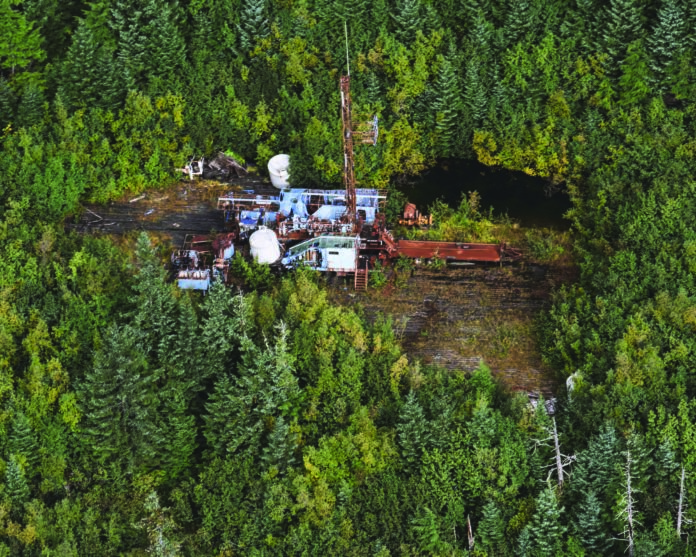Alaska Department of Natural Resources officials have reversed their preliminary decision on the proposed Cassandra Energy Corporation’s Gulf of Alaska oil and gas exploration permit application, finding that issuing a permit is not in the best interests of the state.
The final written finding published on Wednesday, Aug. 19 by Tom Stokes, director of the Alaska Division of Oil and Gas, said that the agency determined that the potential benefits of issuing an exploration license, as conditioned, do not outweigh the possible adverse effects, and that issuing the exploration license would not best serve the interests of the state.
“In these trying times it is extraordinary to receive such a wise decision from Alaska’s Department of Natural Resources Division of Oil and Gas,” said Carol Hoover, executive director of the Eyak Preservation Council. “The city of Cordova, the Cordova community, the fisherman, all spoke up and their voices were heard. As was their respect for all of the wild salmon and creatures that thrive in these pristine wild watersheds.”
The project had been opposed by both the Eyak Preservation Council and commercial fisheries interests because the region is a critical area for wild salmon commercial and subsistence harvesters and has indigenous cultural sites of significance to the Eyak, Tlingit, Aleut and Chugach tribes. The region is also important as a wild herring revitalization area and part of the path of the largest annual bird migration in the world, with some 20 million shorebirds and waterfowl of the Pacific flyway passing through, Hoover said.
Preliminary findings of the proposed project issued earlier found that the project was in the best interest of the state.
Stokes found that changes to the proposed exploration license, including reduced acreage of the license area and seasonal restrictions would cause logistical challenges for mobilization, limit the amount of land for staging equipment and siting drilling locations and create challenges for bringing any discovered oil to market. The changes would also reduce exploration, development and production activities to an annual five month period during which response time to potential spills could be slowed.
“Current geologic data for the area does not appear to support the likelihood that a large, undisturbed petroleum system of the size needed to support a complex development and transportation scenario would be present,” the decision said. “Given this, the potential positive effects of the exploration license do not clearly outweigh or balance the potential negative effects to the other resources and habitat of the License Area and the potential impacts to cultural resources.”
The exploration license would have covered some 65,773 acres both onshore and offshore surrounding Kanak Island from Point Martin south to the Okalee Spit in Controller Bay, an area which overlaps the Copper River Delta State Critical Habitat Area.
Cassandra Energy has been trying since 2015 to get the permit.
A total of 152 public comments, and all but one, were opposed to the Cassandra Energy project. The only comment for the exploration was from John Shively, a past executive of the Pebble Partnership, which supports development of a large copper, gold and molybdenum project abutting the Bristol Bay watershed in Southwest Alaska. Shively, who first came to Alaska as a VISTA volunteer in 1965, also served as an officer in NANA Regional Corp., and held several executive positions in state government before joining the Canadian mining conglomerate subsidiary backing the Pebble mine.
The DOG’s decision is posted at tiny.cc/ckkosz.















